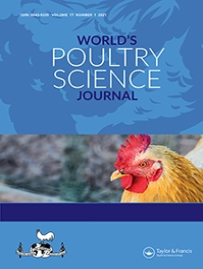Document type: scientific review published in the World's Poultry Science Journal
Authors: Francesca Coppola, Gisella Paci, Matteo Profeti, Simone Mancini
Preview: Demand towards healthy, high-quality animal products is growing, and at the same time, more ethical animal husbandry methods which consider animal welfare and sustainability are under a high social spotlight. Culling of day-old male layer chicks is one of the main animal welfare concerns in the poultry sector, along with cage use, also in relation to changes in social demands. Political and societal disapproval towards this practice led to consider alternatives to day-old male layer chicks culling such as the rearing of male chicks, the use of dual-purpose strains and in ovo sex determination of embryos. This review summarised the available literature sources about the alternatives to the culling method and the public perspective on these approaches. Regarding in ovo sex determination several techniques were released in the last decades employing genetic, optical, biological, physicochemical, and biotechnological approaches. Animal welfare, costs, and ethical aspects, along with customers' acceptance, are the main aspects to be considered in the choice of alternative methods. Although rearing dual-propose chicken or layer-type cockerels produced very socially acceptable alternatives, their production costs are excessively expensive to be appropriate for mass markets. Based on the literature, in ovo sex determination seems to be the main potential alternative method to male chicks culling and the most preferred by consumers especially if performed during the first days of incubation. However, all the commercially available technologies are applicable only in the late stage of embryo development and are not yet ready to be used on large scales. Therefore, the development of an early, non-invasive, rapid, economical, and ethically acceptable in ovo sexing technique remains the main challenge as well as a priority. Moreover, the potential benefit or risk balance of the use of genetic methodologies needs to be discussed more globally.




